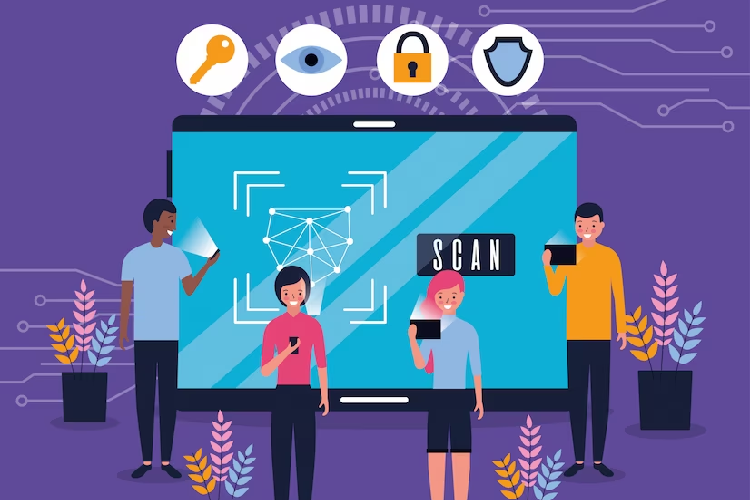In the ever-evolving world of finance and technology, fraudsters continue to find new ways to exploit vulnerabilities and outsmart traditional security measures. For business owners and entrepreneurs, protecting their investments and assets from fraud is a top priority.
Enter behavioral biometrics: an innovative approach that offers a powerful and dynamic line of defense against fraudulent activities. In this article, we’ll dive into the world of behavioral biometrics, exploring how it plays a crucial role in fraud prevention and how it can benefit businesses of all sizes.
Understanding Behavioral Biometrics

Behavioral biometrics refers to the analysis of unique and distinctive patterns in human behavior. These patterns can include keystroke dynamics, mouse movements, and touchscreen interactions, among others. By closely examining these patterns, it becomes possible to identify and verify individuals with astonishing accuracy. This offers an unparalleled layer of security that goes beyond traditional identity verification methods.
Identity Verification: The First Line of Defense
Identity verification has long been a cornerstone of fraud prevention strategies. From passwords and PINs to security questions and multi-factor authentication, these measures have helped protect businesses and their customers from unauthorized access. However, as cybercriminals continue to evolve, traditional identity verification methods are increasingly proving insufficient.
It adds a dynamic layer of security that adapts and evolves with each user, making it far more difficult for fraudsters to gain access.
Implementing Behavioral Biometrics in Fraud Prevention
Incorporating behavioral biometrics into your business’s fraud prevention strategy can significantly bolster your defenses. Here are some of the key ways this technology can help:
1. Continuous authentication
Unlike one-time authentication methods, it continuously monitor user behavior throughout a session. This means that even if a fraudster gains access, their abnormal behavior will be detected, and appropriate action can be taken immediately.
2. Reducing false positives
Traditional fraud prevention methods can sometimes flag legitimate users as suspicious, leading to a frustrating experience for customers. It can help reduce false positives by providing a more accurate understanding of user behavior, leading to fewer unnecessary disruptions.
3. Real-time detection
It can detect anomalies in user behavior in real time. This rapid response allows businesses to take swift action to mitigate potential threats before they can cause significant damage.
4. Improving the customer experience
By incorporating behavioral biometrics, businesses can streamline their security processes, making them less intrusive and more user-friendly. This results in a more seamless customer experience, which can ultimately contribute to increased customer loyalty.
5. Overcoming Implementation Challenges
As with any new technology, there are challenges to consider when implementing behavioral biometrics. Some of these challenges include:
6. Data Privacy
Ensuring the privacy of users’ biometric data is essential. Businesses must adhere to strict data protection regulations and ensure that they are transparent about how this data is collected, stored, and used.
7. Integration with Existing Systems
Integrating behavioral biometrics with existing security systems can be complex. However, by partnering with experienced vendors and investing in comprehensive training, businesses can successfully navigate these challenges.
Conclusion
Behavioral biometrics represents a significant step forward in the fight against fraud. This technology provides a robust and versatile line of defense that can aid businesses in protecting their investments and customers by analyzing the distinctive and ever-changing patterns of human behavior.
As the world of finance and technology continues to evolve, business owners and entrepreneurs should seriously consider incorporating behavioral biometrics into their fraud prevention strategies to stay one step ahead of cybercriminals.



